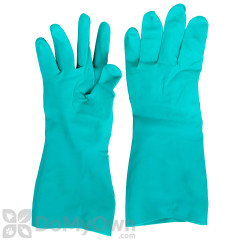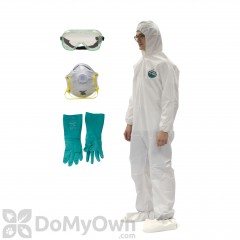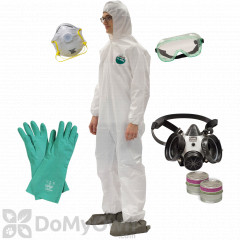What do Powderpost beetles look like?
While there are several species of wood-boring insects loosely referred to as Powderpost beetles, the true Powderpost beetle is that which goes by the scientific name Lyctidae. The true Powderpost beetle is less than 1/4" in size as an adult. Powderpost beetles appear to be flattened and are generally reddish-brown to black in color. The abdominal segment is long, with the head visible from above. Powderpost larvae are white to cream and C-shaped, with a dark brown head.
Life Cycle & Behavior
The adult Powderpost beetle mates and lays its eggs on or below unfinished wood surfaces. The egg larvae then bore their way into the wood as pupae, leaving behind narrow tunnels of powdery dust as they feed. This stage in the life of the Powderpost beetle is the longest, lasting from 1 to 10 years before it will mature to adulthood. The Powderpost beetle finally emerges as an adult through an exit hole in the wood. Exit holes are typically 1/32" to 1/16" round pinholes.
Powderpost Feeding Favorites
Some favorite woods susceptible to the attack of true Powderpost beetles include bare, unfinished hardwoods like hickory, oak, walnut, ash, and similar species. Powderpost beetles are known to cause significant damage to wood furniture, floors, log homes, structural timbers, and other wooden structures, sometimes even superseding the damage done by carpenter ants or termites.
Identifying an Active Infestation
Since Powderpost beetles can only inhabit wood with a specific moisture level, most infestations naturally die out after several years as new wood loses its moisture. The presence of sawdust alone sifting from exit holes in wood does not necessarily mean that Powderpost beetles are active inside. Large numbers of Powderpost beetles leave behind such a mess of dust that it will continue to vibrate out of the wood for a long time after the infestation has gone. The way to determine whether you have an active infestation is to watch for adult beetles within the structure, most likely crawling out of exit holes. If you haven't spotted any adults but still suspect activity, plug all existing exit holes in a one square foot area using latex paint or colored wood filler. Then observe the same area 6 to 12 months later for additional holes.
Basic Prevention & Control
To aid in prevention of Powderpost beetles, always inspect wood that you intend to bring into your home prior to purchase. When possible, choose kiln or air-dried woods and chemically (pesticides) treated woods. For Powderpost beetle control, spray, brush, or foam Boracare onto bare wood surfaces and voids. This is an excellent product which we highly recommend for the control of Powderpost beetles.
Read more detailed information on Powderpost Beetle Control.


